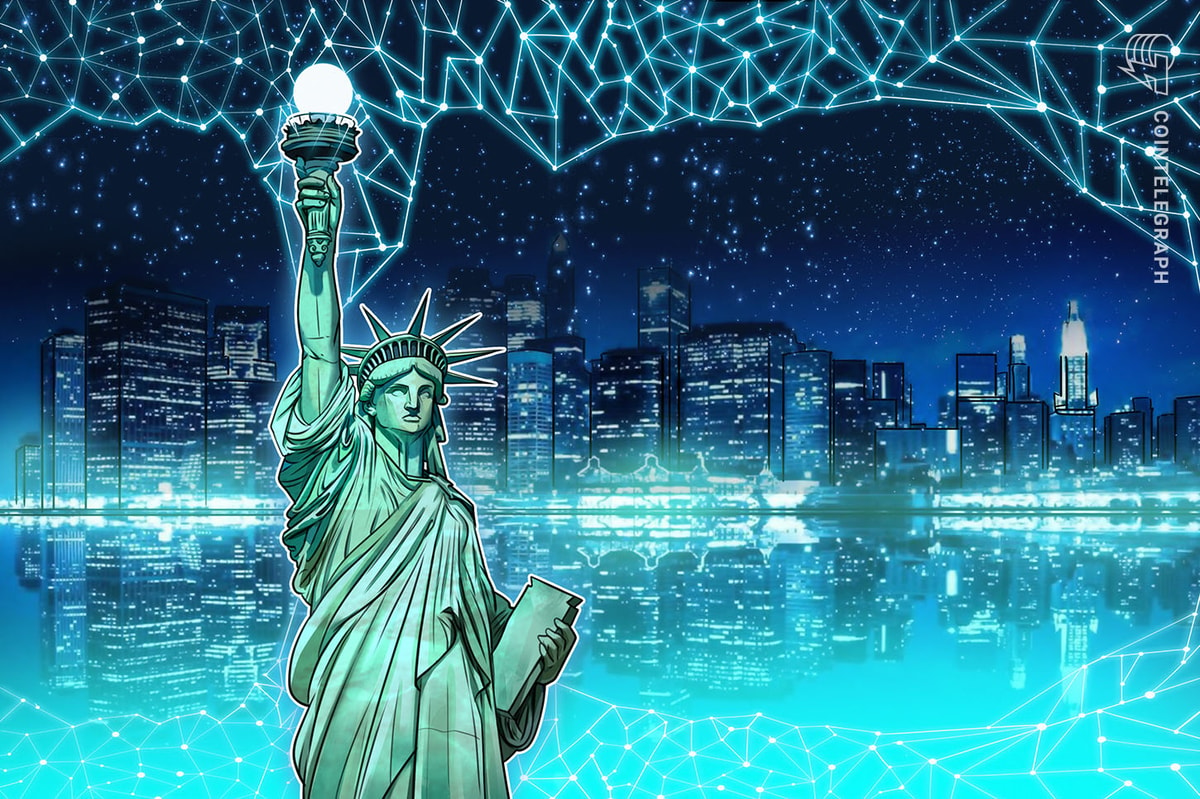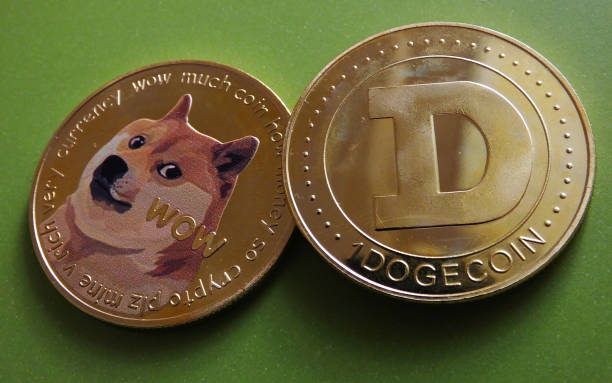The financial crisis of 2008 bankrupted the tiny country of Iceland, and a few years later a digital currency called Auroracoin was released to all residents as a way to change how they approached money. Many saw it as potentially becoming the first national digital currency, but it never reached its full potential. Now, renewed interest in Auroracoin is putting it back into the minds of those in the crypto world.
Also read: Bitcoin Uncensored 49: A New Blockchain Deity, “Guh-neesis”
The financial crisis of 2008 led us into what has been called “the Great Recession.” The crisis was felt worldwide, including by the small, but beautiful country of Iceland (population of around 300,000), home to volcanos, breathtaking vistas, the Northern Lights, and the distinction of being the first nation bankrupted by the crisis of 2008.
Those of us knowledgeable about Bitcoin also recognize 2008 as the year that Satoshi created the digital currency.
For anyone who has ever been to Iceland (and fallen in love with it, as I have), you recognize that the country’s crazy weather patterns can create hardships for most residents (2/3 of who live in the capital city of Reykavik), while also realizing the nationalistic pride that Icelanders have in their country. The country is also home to many bitcoin mining companies because of its low electricity costs. That’s why it’s not surprising to see those in the country seeking a better monetary solution after the crisis, turning to innovation and nationalistic pride by creating the country’s own digital currency, Auroracoin, and giving it away to all of Iceland’s residents.
Baldur Is Auroracoin’s Satoshi
 Auroracoin was clearly influenced by the launch and success of Bitcoin. They both shared an anonymous creator. For Bitcoin, it was the Japanese Satoshi. In Iceland, the home of Sagas and Nordic legends, Auroracoin’s creator was Baldur Friggjar Óðinsson, which is based on Norse mythology, referencing Baldur, his mother Frigg, and his father Odin.
Auroracoin was clearly influenced by the launch and success of Bitcoin. They both shared an anonymous creator. For Bitcoin, it was the Japanese Satoshi. In Iceland, the home of Sagas and Nordic legends, Auroracoin’s creator was Baldur Friggjar Óðinsson, which is based on Norse mythology, referencing Baldur, his mother Frigg, and his father Odin.
The coin followed the Bitcoin creation methodology and employed a proof-of-work algorithm proof of work based on Litecoin. An “air drop” of the currency was released to all Icelanders, with the intent of providing 50 percent of the created Auroracoin to residents. They were able to achieve this because of their ability to use the government’s national identification system.
The coins were released with a USD value of about $12 and Icelanders initially received the equivalent of $385 each (31.8 AUR each). As the “air drop” continued, the price of Auroracoin dropped drastically. When the final stage of the air drops happened on March 24, 2015 (the final step of “burning” the remaining coins took place after this), nearly 1.7 million coins were claimed by more than 2,600 Icelanders. The price of the coin had fallen to a level that created a payout of 636 coins to every resident.
The End of Auroracoin?
Many Icelanders and blockchain asset observers felt that Auroracoin was little more than a failed experiment. Icelanders had little ability to use the digital currency to buy products in the country and were confused by the overall intent of the coin.
However, the Auroracoin “air drop” did catch the attention of some in the country, including Pétur Árnason, who has been working to raise interest in the coin through the newly-formed Auroracoin Foundation. Pétur grew interested in the ability to utilize a graphics card to mine the coin, and also in the societal impact he felt the currency could have in a country that had been so damaged by the past financial and bank crises.
But he knew that to create value for the digital currency, he would have to raise awareness and gain acceptance throughout the country. “Our main focus has always been to get people to adopt the coin. If you get enough people using the coin you will get more people to develop and improve the coin and ecosystem,” Pétur said, “I think adoption will drive the technology advancement of the coin.”
Raising Auroracoin Awareness
One of the efforts that Pétur employed to raise awareness about Auroracoin was to institute a marketing campaign throughout the country. Since the beginning of this year, the value of Auroracoin has doubled. Political changes in Iceland also have allowed increased interest in digitization, as the Pirate Party has become the majority party in the country.
In October of this year, the country will vote for its new government, and with the Pirate Party holding on to a slim lead in the polls, could there be a chance that the country will also make major changes to its currency?
What do you think? Can Auroracoin become the first national digital currency?
Source: Motherboard
Images courtesy of Amazing World via YouTube, Auroracoin.











